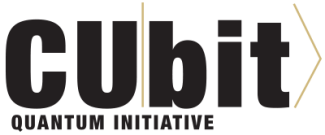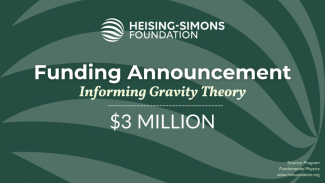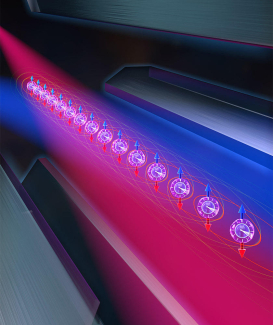Adam Kaufman
Boyd
Jamie joined the group after completing undergraduate degrees in Physics and French at the University of Oklahoma. As an undergrad, she explored several areas of research, from particle physics to accelerator design to plasma physics, before discovering atomic physics, which captured her interest. Her love for atomic physics grew while working in the group of Prof. Grant Biedermann at OU building a cesium optical tweezer experiment. After graduation, she interned for a year at the Institut d’Optique in Paris in the group of Prof.
Wang
Kaizhao rejoined the group as a graduate student after he finished his master's degree in Quantum Engineering at ETH Zurich and bachelor's degree at Tsinghua University in Beijing. His interest in quantum information processing started when he was a visiting student at Oxford during his bachelor's degree. After returning to Beijing, he joined the group of Prof.







